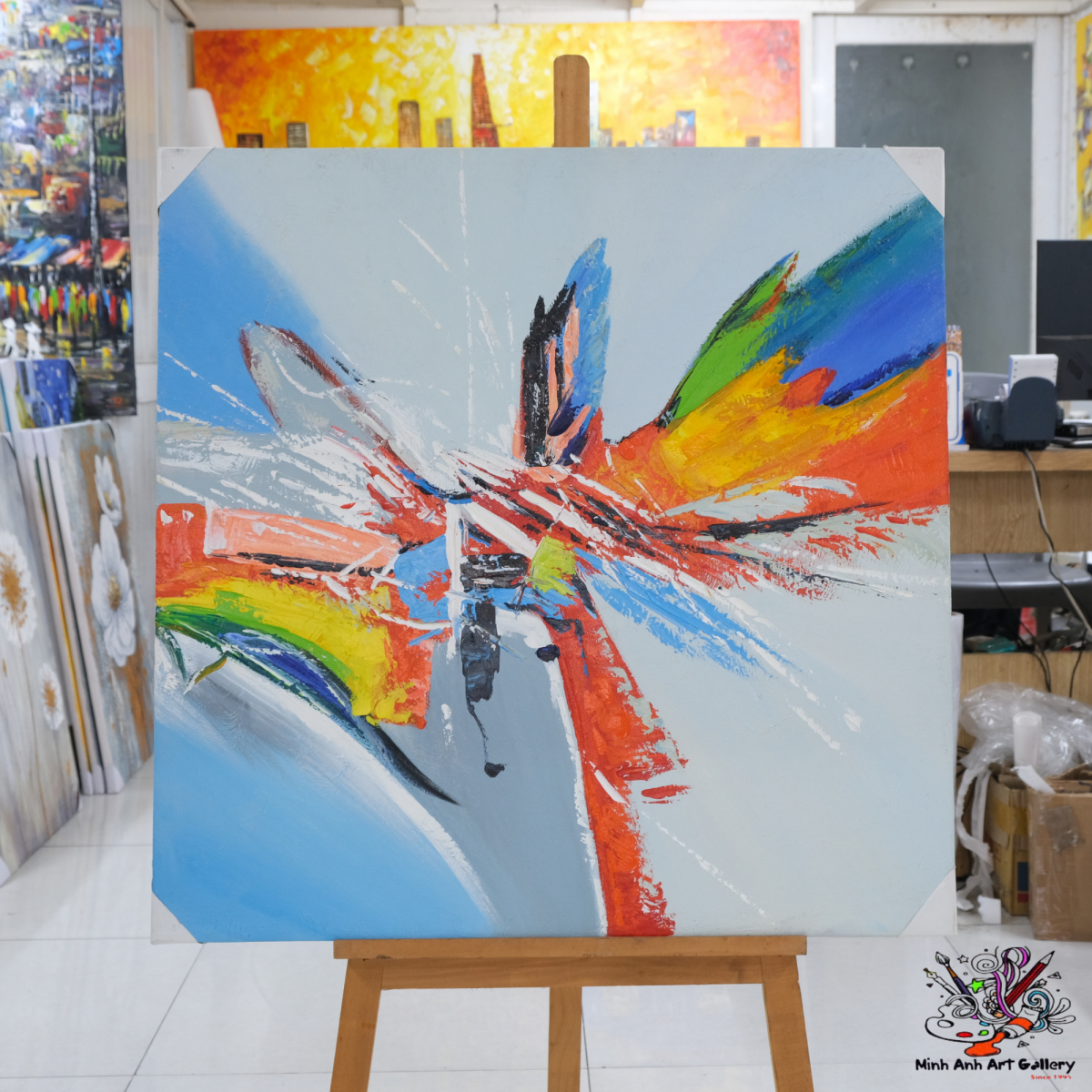Ever walked through a gallery and felt like the walls whispered stories to you? That’s no accident. It’s the careful orchestration of a curator—a behind-the-scenes storyteller crafting tales not with words, but with visuals, emotions, and space. In today’s ever-evolving art scene, curators are more than organizers—they’re narrators who guide us through the heartbeats of humanity.

A great exhibition isn’t just a room full of art. It’s a journey. Every brushstroke, sculpture, and installation contributes to a larger narrative. Curators piece together artworks like a novelist outlines a plot—each piece must serve a purpose in advancing the story.
Themes help visitors make sense of a collection. Whether it’s love, war, nature, or identity, a theme ties individual works into a cohesive experience. It transforms a modern art collection into a tale you can feel in your bones.
Ever noticed how one artwork can punch you in the gut while another leaves you cold? That’s the curator’s doing. They choose works not just for beauty or fame, but for emotional resonance. They want you to feel, react, reflect.
While some exhibitions follow timelines, others flow by emotion. A fine art collection might move from chaos to calm, guiding you through a wave of emotions rather than decades. It’s all about the impact.

Themes aren’t always obvious. Some whisper, others shout. But each guides the curator’s hand and shapes the curated art collections we walk through.
From protests to revolutions, art has always had a voice in politics. Curators use it to highlight injustice, advocate change, and open eyes.
In galleries, culture comes alive. Curators frame heritage and history, allowing art collection gallery visitors to step into stories that span generations.
A well-curated exhibit flows like a well-written book. The opening room sets the scene. Midway brings conflict or tension. The finale—reflection or resolution. It’s not just about what’s shown, but how you move through it.
The spotlight on a canvas. The hush between sculptures. These aren’t afterthoughts. They’re tools curators use to direct attention, build tension, or offer breathing room. This is where design meets emotion.
Welcome to the age of digital storytelling. QR codes offer behind-the-scenes peeks. Virtual tours bring art collection online into your home. Technology breaks walls, making art accessible anywhere.
Touchscreens and projections aren’t gimmicks—they’re gateways. Especially in a contemporary art gallery, they allow dynamic interaction, transforming passive viewing into active participation.
Think of the Met’s “Heavenly Bodies” or Tate Modern’s “Soul of a Nation.” These aren’t just famous art collections—they're immersive narratives. They show how storytelling elevates an exhibit from impressive to unforgettable.
Art is a time capsule. Through art gallery exhibitions, curators help safeguard the legacies of civilizations, ensuring we don’t just remember history—we feel it.
Curators walk a tightrope. They must honor the artist’s voice while engaging an often-diverse audience. One wrong placement can skew the entire narrative.
Not all stories are easy to tell. Some challenge beliefs or stir discomfort. But those are often the most important. Curators must have courage and tact to share these truths.
Every art gallery collection tour starts with intention. From the welcoming piece to the closing artwork, the tour is a narrative arc designed to move you—sometimes literally and emotionally.
You won’t see the curator, but you’ll feel them. In the way the art is arranged, in the choice of works, in the emotions you feel. It’s their silent signature across every wall.
Private art galleries often have more freedom to explore unconventional or edgy narratives, while public institutions may be bound by board decisions or cultural diplomacy. Both have their place in the storytelling ecosystem.
Online platforms are reshaping how we engage with art collection online. Curators now design virtual exhibitions, offering narrative-rich experiences that rival physical spaces. The lines between pixels and paint are blurring fast.

Curators are storytellers, visionaries, and experience architects. Through deliberate choices and passionate curation, they turn static objects into living tales that speak across cultures and generations. So the next time you wander into a gallery, remember—you’re stepping into a story. One that was written just for you.
1. What is the main role of a curator in an art gallery?
A curator selects, organizes, and presents artworks to convey a meaningful narrative that resonates with visitors.
2. How do curators choose art for an exhibition?
They consider the theme, emotional impact, historical context, and how each piece contributes to the overall story.
3. Can a virtual exhibition tell a story like a physical gallery?
Absolutely! With tools like audio guides, digital layouts, and interactive media, virtual storytelling is thriving.
4. Why is storytelling important in art exhibitions?
It gives context, builds emotional connections, and helps viewers understand and engage more deeply with the art.
5. What’s the difference between private and public galleries in storytelling?
Private galleries often have more creative freedom, while public institutions follow stricter guidelines and broader audience expectations.
Minh Anh Art Gallery – Where every painting tells a story. Visit us at 101 Bui Vien St, District 1, Ho Chi Minh City or explore our curated collections online at https://minhanhart.vn. For inquiries, call (+84) 962 720 484 or email minhanhart.vn@gmail.com.